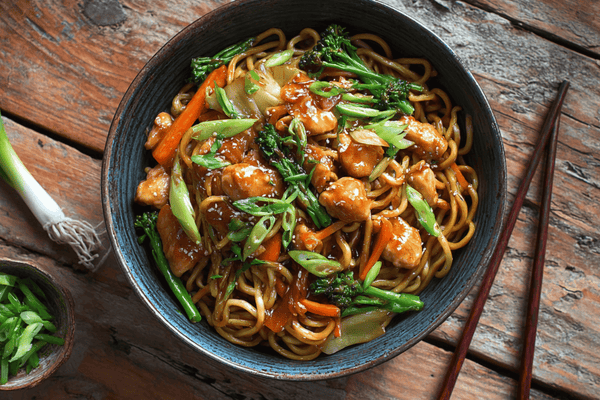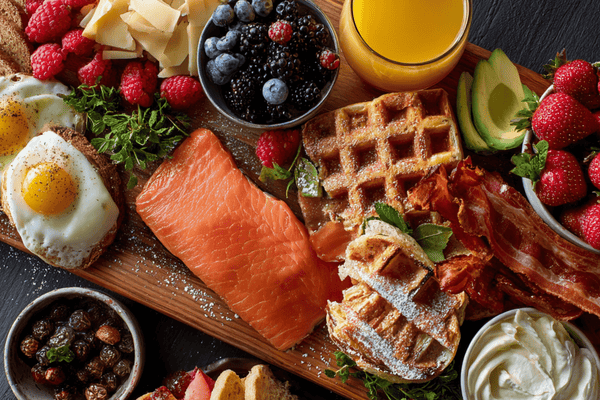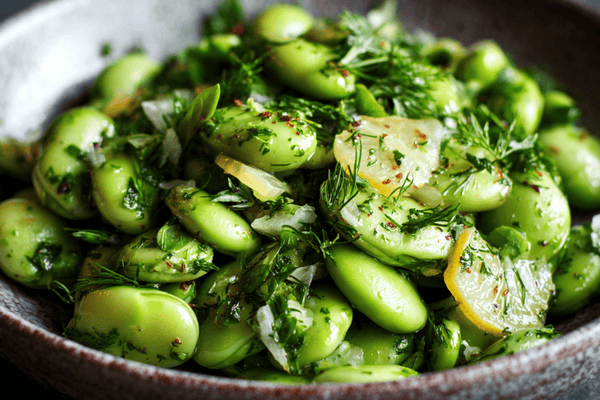
When you think about a sharp, effective implement that is forged by masters, the first thing that comes to mind is Japanese craftsmanship. If you are looking for an exceptionally high-quality chef's knife that will take your food preparation to a new level, then Japanese kitchen knives are a must-have accessory in the kitchen.
Japanese blades provide a whole world of benefits that simply cannot be gained when using other tools such as German knives. Made from superior quality materials and being beautifully sharp and lightweight, the list of benefits goes on and...
...We Know We’re Biased But…
...let us tell you a little more about why we’re in love with the Japanese chef knife.
Table of contents
Reasons That a Japanese Chef Knife Should Be On Your Kitchen Shopping List
If you’re in the market for a go-to kitchen prep tool that will elevate your cooking, then a Japanese chef knife is the way forward. Just check out some of the many reasons that these knives are the creme de la creme!Ultimate Sharpness
When you’re in the kitchen, the last thing you want is a dull knife that drags as you cut. When using a Japanese chef knife, you can feel confident that you are using the sharpest type of knife on the planet. This is thanks to the traditional techniques employed by the craftsmen as well as incredibly high-quality materials such as Japanese steel.High-Quality Materials

One of the most outstanding things about a Japanese knife is the quality of the materials. These knives are made from much higher grade steel and carbon that gives them a razor sharp blade with improved durability and allows them to create a cleaner cut.
But these materials are rarely used alone. Many Japanese knife makers create a unique alloy using other components such as nickel, tungsten and vanadium to further improve the robustness of the implement.
Improved Flavour
Did you know that, if you want the best taste out of your meat, you need to make a very clean cut? If the meat is ripped or torn apart, this can affect its flavour. The good news is that a Japanese single bevel knife will deliver the cleanest and most optimal cut, therefore not impeding that rich, beefy flavour of your steak, or anything else you are cutting.The intricate Samurai-grade techniques once used in the making of samurai swords and now used in Japanese knife making mean that the metal can glide through the fibres of your food effortlessly.

Amazing Edge Retention
We have already talked about the fact that Japanese knives are made from superior materials, including harder steel. As a direct result of this hardness, the knives are far slower to wear down. Even if you were to sharpen western knives to the same angle as Japanese ones, the softness of the material used in forging German steel knives simply wouldn't hold this angle for long.But these high carbon steel Japanese chef knives can stand up to this type of intricacy and so have far greater longevity, which we know as edge retention. Even in the case that you purchase a Japanese knife with a bigger angle, it’ll still be sharper thanks to the improved edge retention and will be able to produce ultra fine cuts and can be employed in creating decorative cuts.
Smaller Angles
When you look at any knife, you will see that the two edges of the blade come together at a point. The angle of this point determines the sharpness of the blade and when you use a Japanese chef knife, this angle is much smaller, giving you a much sharper blade.When using a western knife, the stainless steel blade angle would typically sit between 15 and 20 degrees. However, a Japanese knife might have an angle as small as 8 degrees, and certainly not higher than 12 degrees. This ensures the blade is extremely sharp.
Once again, this is all thanks to the excellence of the metal that is used to craft the knife and its durability allows the knife to be able to retain this small angle.
Lightweight
Japanese chef knives are considerably more lightweight than the average western-style knife. Of course, this means that they are much more comfortable to use but this is far from being the only benefit of this feature.A lightweight knife gives the user much greater control and the result is a far more precise cut. What’s more, with a much thinner blade, making accurate cuts becomes even more simple and so is essential to professional chefs needing to undertake delicate tasks.
What Can I Use My Japanese Chef Knife For?
We have discussed just some of the reasons that your kitchen would benefit from a Japanese chef's knife, but if you’re still not sold on the idea, why not consider their versatility?Whether you buy a full set of Japanese knives or a single high-quality knife, you will have the ability to cut a variety of foods at your fingertips…. Although, we’d recommend keeping the blade away from those fingers because, as we’ve learned, it’s mighty sharp.
You’ll be able to use the blade's angle to slice through fish fillets, dice all kinds of meats and poultry as well as evenly and cleanly chopping fruits and veggies. Moreover, there are two main types of Japanese knives that are aimed at different skill levels so you can always find something you are comfortable with.

Most professional Japanese chefs opt for the honyaki knife which is much stiffer and made from high-grade steel that is designed specifically for knives. Home chefs may be better suited to the kasumi knife. These tools are made by layering steel and other materials making them a little more flexible and suited to a wider variety of domestic cooking tasks.



